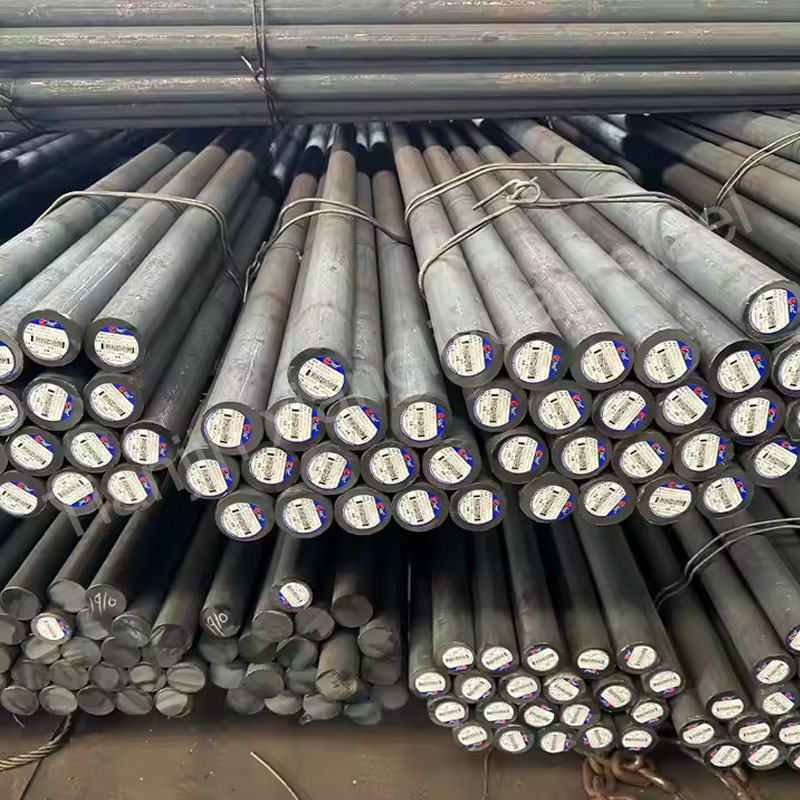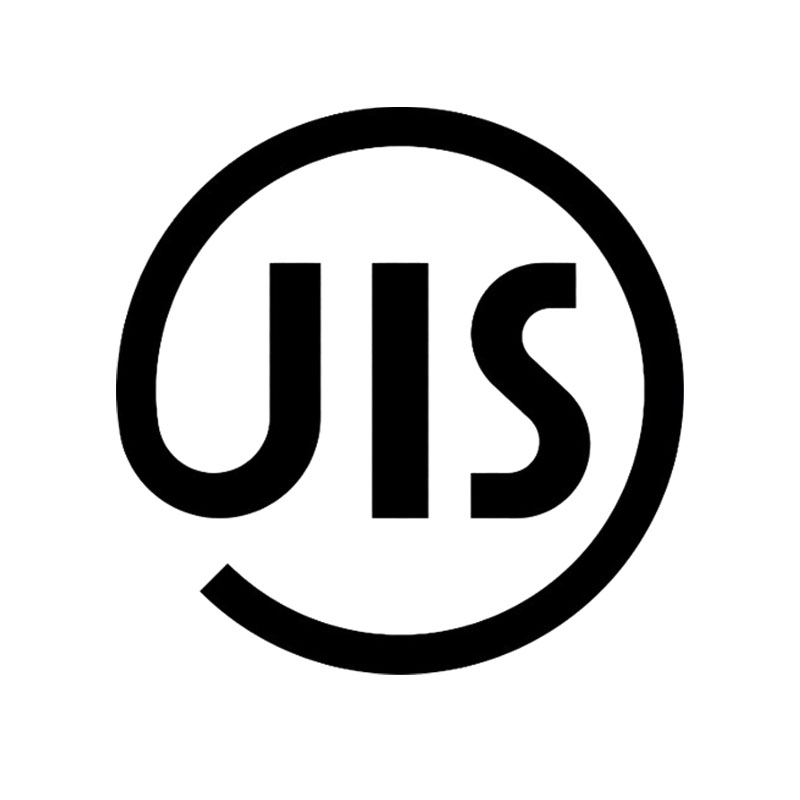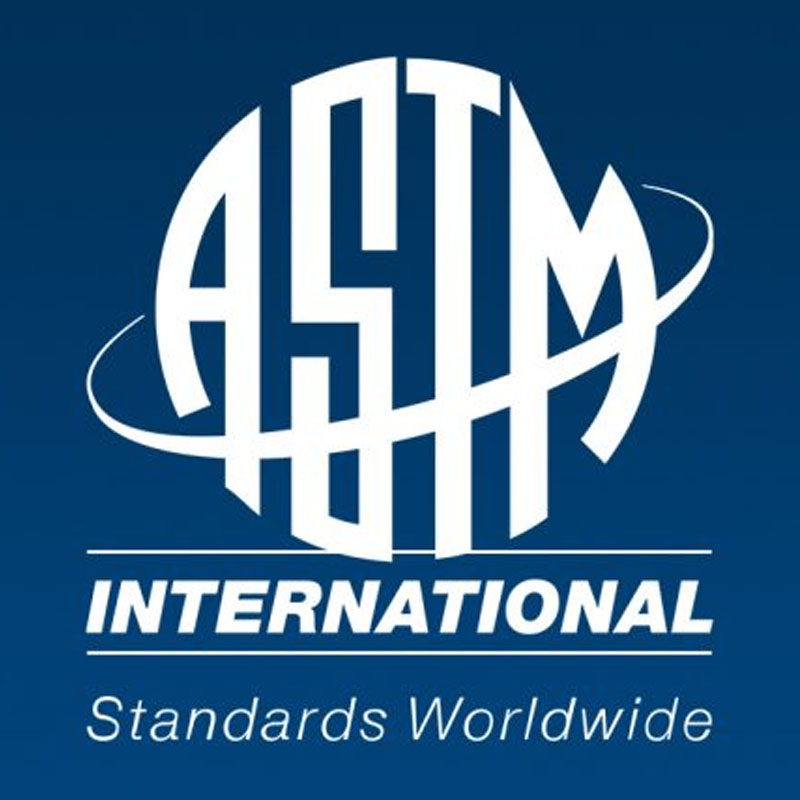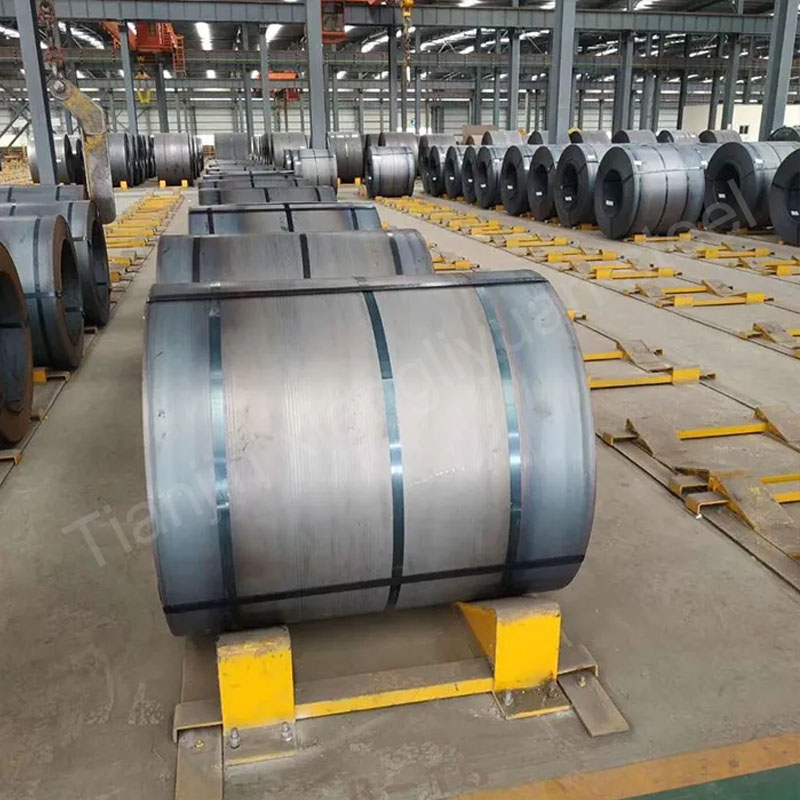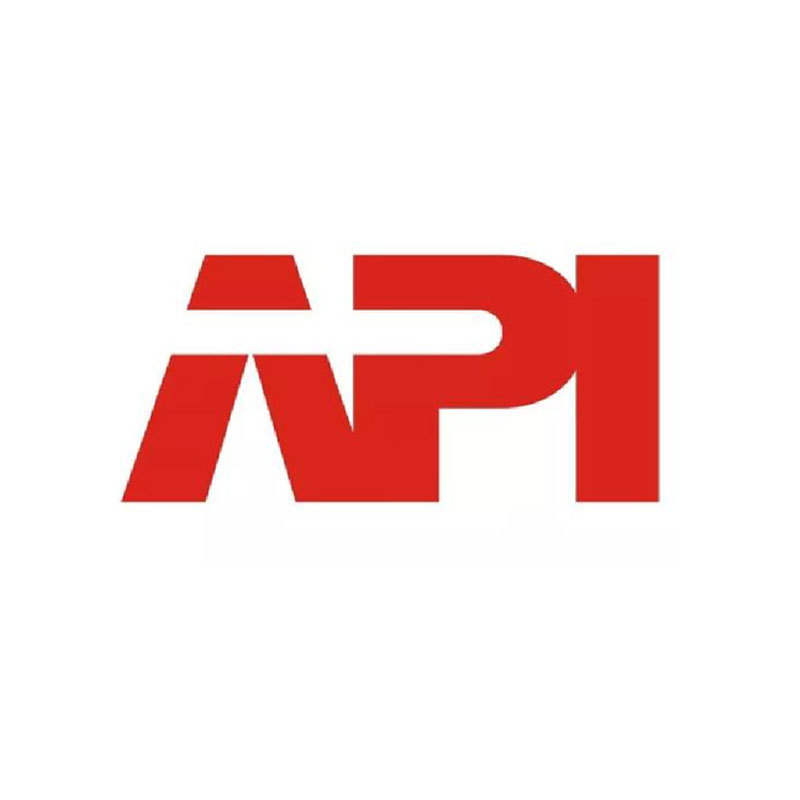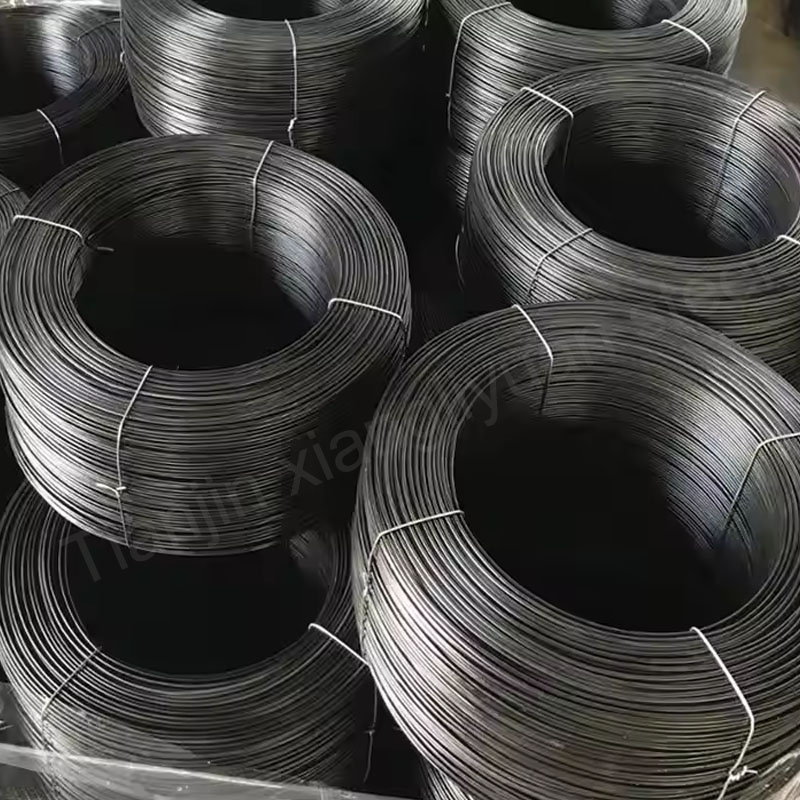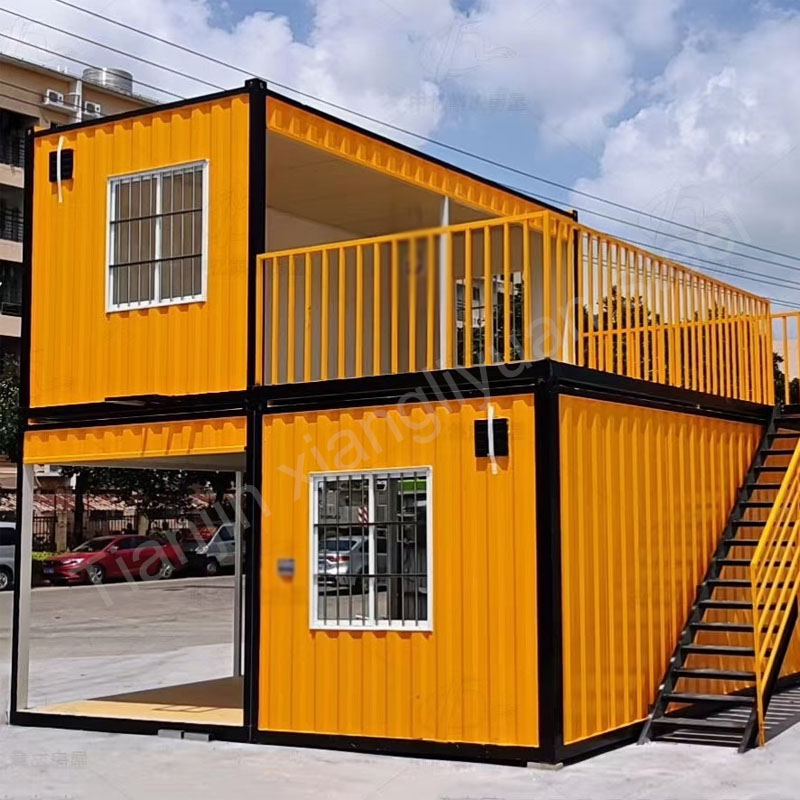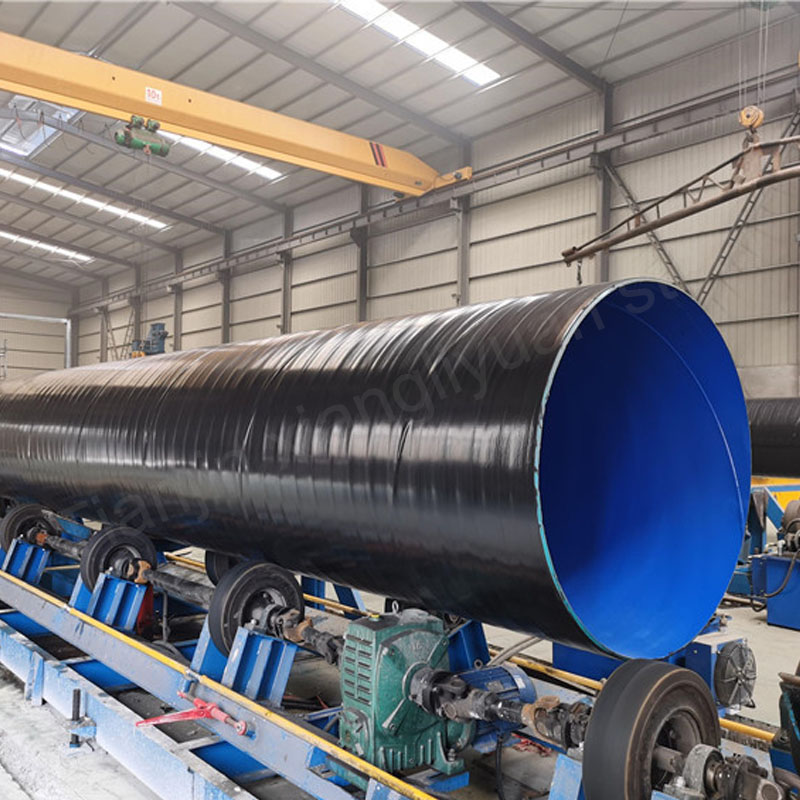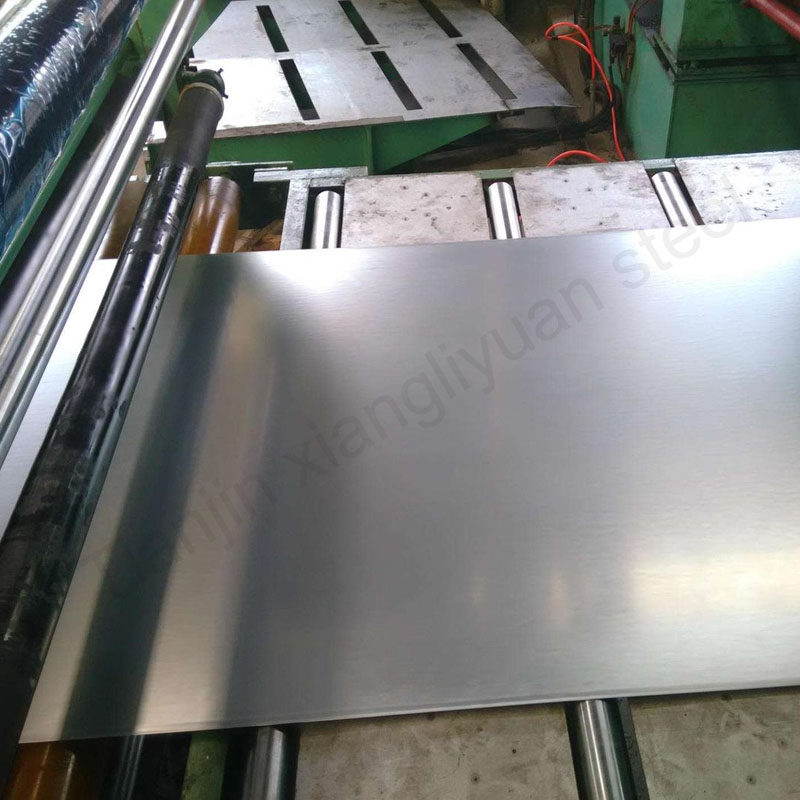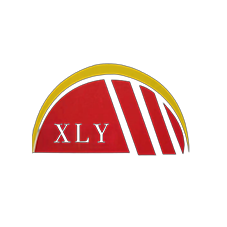The American Iron and Steel Institute (AISI) is an association of North American steel producers. AISI standards are mainly used to identify and classify steel, especially the chemical composition and mechanical properties of steel. The AISI system represents different steel grades, such as carbon steel,
DIN standard (Deutsches Institut für Normung, German Institute for Standardization) is a technical standard system for steel pipes and other materials in Germany. DIN standard is the national standard of Germany and is widely used in the manufacture of various materials and industrial products, including
JIS (Japanese Industrial Standards) provides systematic guidance for the production and application of steel pipes. JIS covers steel pipes made of a variety of materials, including carbon steel, stainless steel, alloy steel, etc. Each material is classified into different steel grades according to its chemical
ASTM (American Society for Testing and Materials) standards are widely used internationally, covering the chemical composition, mechanical properties, manufacturing process and other requirements of various materials. In the field of steel pipes, ASTM standards have specific specifications for different types of steel pipes. The following
Carbon steel material Q355 is a low-alloy high-strength structural steel in the Chinese standard (GB/T 1591-2018), which is widely used in buildings, bridges and other structural engineering. Q355 belongs to low-alloy high-strength structural steel. According to Chinese standards, it is a typical low-alloy steel suitable
API Standard is an industry standard developed by the American Petroleum Institute (API) and is widely used in the oil and gas industry. API Standard covers all aspects from exploration, production, processing to transportation and sales, ensuring the safety, reliability and compatibility of equipment and
Annealed carbon steel wire is a carbon steel wire that has been annealed. It has good flexibility and machinability and is widely used in various industrial and construction applications. Annealed carbon steel wire is mainly made of carbon steel. Carbon steel can be divided into
The reasons why carbon steel corrugated sheet is suitable for building houses include the following aspects: 1. High strength and durability Carbon steel is a material with high strength and good durability. Carbon steel corrugated sheet, due to its wavy structure, further enhances its load-bearing
The purpose of anti-corrosion treatment of steel pipes is to extend their service life, protect them from environmental factors, and avoid economic losses and safety hazards caused by corrosion. The specific reasons include the following: Extend life: Anti-corrosion treatment can significantly extend the service life
In the manufacture of metal facilities, hot-dip galvanizing and cold-dip galvanizing are two commonly used manufacturing processes. As a metal anti-corrosion method, hot-dip galvanizing usually puts the steel structure to be derusted into the molten zinc at about 500 °C, so that the zinc layer

